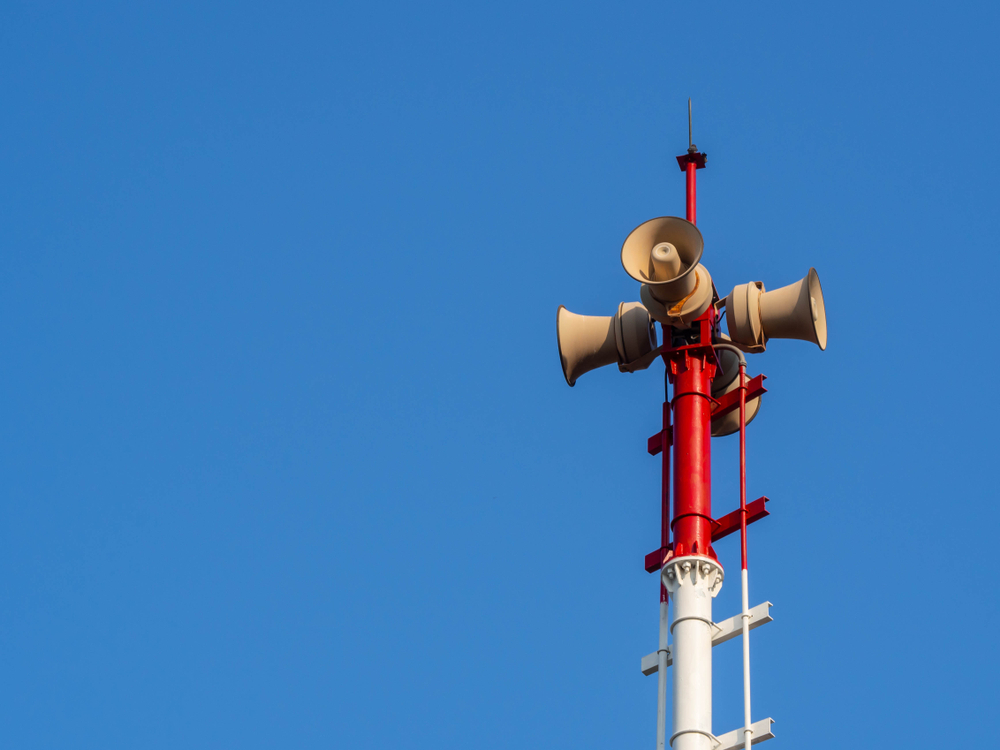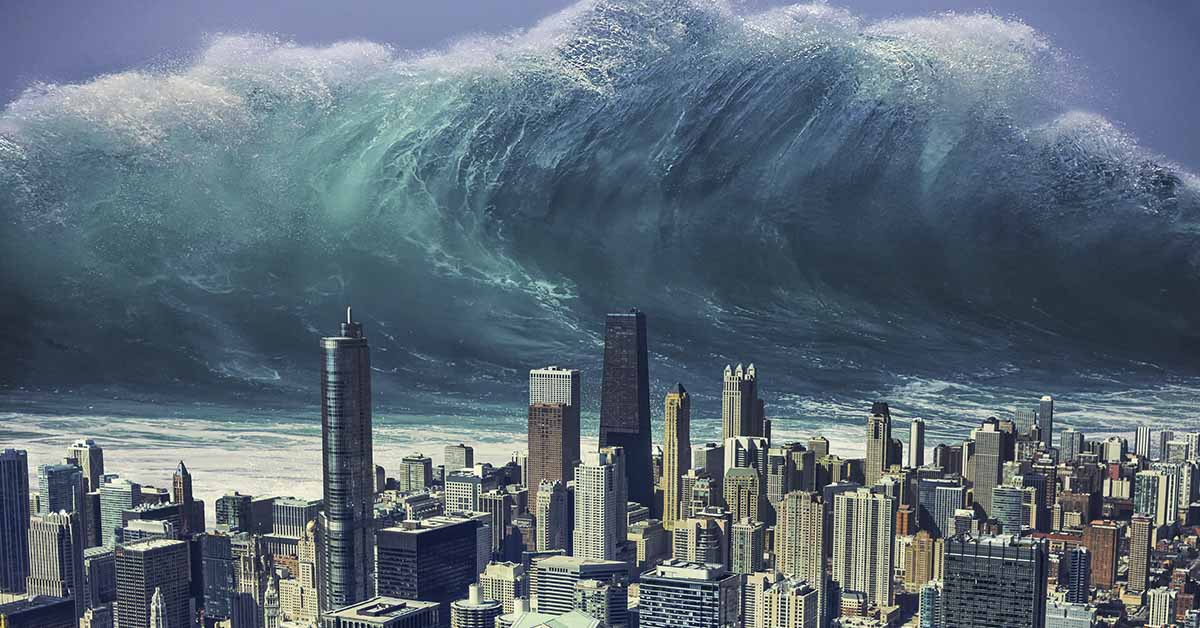Imagine a massive wall of water slamming into the West Coast, giving residents just minutes to escape. This nightmare scenario is not fiction but a very real threat. Scientists have warned that a doomsday tsunami could strike the Pacific Northwest, driven by the powerful Cascadia Subduction Zone (CSZ), a fault line stretching from Northern California to British Columbia.
This region faces the possibility of a magnitude 8.0 to 9.0 earthquake, followed by a deadly tsunami. Cities like Seattle, Portland, and Eureka lie directly in the danger zone. Even more alarming, recent research indicates a 15 percent chance of such an event occurring within the next 50 years. With little to no warning time, coastal residents would need to act instantly. As experts push for greater awareness, they stress one clear message: preparation saves lives.
Understanding the Cascadia Subduction Zone and Its Danger
The Cascadia Subduction Zone forms where the Juan de Fuca Plate dives beneath the North American Plate. Over centuries, stress builds as these plates grind against one another. When that stress finally releases, the result could be a devastating earthquake followed by a tsunami disaster.
The U.S. Geological Survey confirms that the last rupture along the CSZ occurred in the year 1700. That quake sent a massive tidal wave across the Pacific, even reaching Japan. Geological evidence and Native American oral traditions both confirm the destruction it caused. Unlike California’s San Andreas Fault, which releases tension through frequent small quakes, the CSZ has remained silent for over 300 years. This silence does not signal safety; rather, it suggests the fault is locked and ready to break.
Once the fault slips, shaking could last several minutes. Tsunami waves could hit the coastline within 15 to 30 minutes. These waves would carry unimaginable force, capable of overwhelming everything in their path.
The Devastating Impact of a Mega-Tsunami
While some exaggerated reports suggest the waves of a doomsday tsunami could reach 1,000 feet, most scientists agree on more realistic but still terrifying estimates of up to 100 feet. According to simulations by the National Oceanic and Atmospheric Administration (NOAA), a massive tidal wave could surge miles inland in low-lying regions.
Coastal towns like Seaside, Oregon, and Crescent City, California, are especially vulnerable. To make matters worse, the earthquake could lower ground levels by up to 6.5 feet. This land subsidence would increase flooding risks and complicate evacuation and recovery efforts.
Beyond the United States, a catastrophic tsunami could also impact British Columbia and other Pacific Rim countries. The sheer reach and speed of such a wave leave little time to respond. As a result, experts urge communities to take the threat seriously and act before disaster strikes.
Why Preparedness Must Begin Now
Scientists may not be able to predict when a doomsday tsunami will occur, but they all agree on one thing: people must prepare now. Agencies like FEMA and Oregon’s Office of Emergency Management recommend that residents in coastal areas know their evacuation routes, keep emergency kits stocked, and participate in tsunami drills.
Some cities have started building vertical evacuation towers to provide immediate refuge. These structures, often elevated platforms or reinforced buildings, offer a lifeline to those who cannot evacuate quickly. However, these towers remain too few to protect every community.
States like Washington and Oregon continue to expand public education efforts. California has taken steps to improve building codes and strengthen infrastructure. Despite this progress, many communities along the West Coast remain highly vulnerable to a deadly tsunami threat.
Read More: New Study Predicts Grim Future for the Arctic by 2100 if Climate Change Persists
The Alarming Lack of Warning Systems
One of the most terrifying aspects of this scenario is the lack of effective warning systems. The West Coast does not yet have a fully developed earthquake and tsunami alert system. While agencies such as USGS and NOAA are improving their detection networks, many gaps remain.
If the earthquake starts just offshore, residents could have only minutes to evacuate. Often, the shaking itself will be the only warning. For this reason, experts emphasize instinctive evacuation. If you feel strong ground movement, do not wait for sirens or alerts. Head to higher ground immediately.

Other countries, such as Japan and Chile, have already built advanced alert systems that provide crucial seconds of warning in the case of a doomsday tsunami. The United States must accelerate efforts to match these safety standards and protect millions of lives.
Building Long-Term Resilience
Preparing for the disaster is essential, but communities must also plan for the long recovery that would follow. A tsunami disaster could destroy roads, bridges, power lines, and water systems, leaving survivors without basic services for weeks or months.
To reduce long-term impacts, cities need to rethink urban planning. Hospitals, emergency shelters, and government buildings should be placed on higher ground. Some towns in Oregon and Washington have begun designing tsunami-resistant structures inspired by Japanese architecture.
Moreover, investing in disaster recovery plans and community coordination is critical. Without effective planning, aid may not reach the areas that need it most. True resilience means having a strategy for both survival and recovery.
The Final Warning: Prepare While There’s Still Time
The Cascadia Subduction Zone could unleash one of the worst natural disasters in North American history. With a 15 percent chance of a magnitude 8.0 or greater earthquake within the next 50 years, the danger is far from hypothetical. Communities along the coasts of California, Oregon, Washington, and British Columbia must act.
Governments must invest in warning systems, evacuation infrastructure, and public awareness. Individuals must take personal responsibility by learning evacuation routes, preparing emergency supplies, and staying informed.
A doomsday tsunami may not strike tomorrow, but it will strike eventually. When it does, the only thing standing between survival and tragedy will be how well we prepared.
Read More: Scientists Propose Releasing 12 Million Tons of Particles Into Atmosphere to Combat Climate Change

